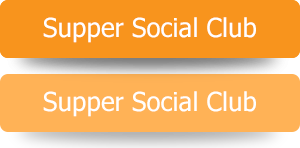Medical Model v. Social Model of Disability
By: Aaron Carter Bates, Esq.

A big issue in the disability rights community is self-determination and representation within key community stakeholders. In the disability arena there are two models organizations follow: the medical model and social models of disability. An organization that ascribes to the medical model compares a disability to a fatal disease and places its inordinate resource priorities on seeking a cure for people with disabilities or “patients.” It starts from the assumption that those living with certain disabilities are not capable. These groups ground the disability experience in human physiology, viewing disability as a physical condition intrinsic to the individual which decreases a person’s quality of life. The top priority of this model is to focus on a “cure,” or, in the words of the WHO, make the person more “normal.”
In short, disability means illness or impairment under a medical model. Because it views its disabled constituency as too hopelessly afflicted by disability to make informed decisions, its constituency and leadership are comprised of those without the disability – including parents and supporters of the particular disability group – not the people who are actually disabled. This model has dominated the formulation of disability policy for most of the 20th century.
Organizations that primarily engage in advocacy ascribe to the social model of disability, which seeks to create a more inclusive society instead of putting the onus to change on individuals with disabilities. For example, the National Federation of the Blind formulates this model of disability by framing the problem as the misconceptions surrounding blindness, not blindness itself. These are organizations who presume the competence of people with disabilities and then set out to change the world to get the accommodations necessary to achieve equal treatment.
The Convention on the Rights of Persons with Disabilities, however, uses the social model and maximizes independence and control over one’s decisions regardless of how disabled someone is (including severe intellectual disability) using a “supported decision-making” model. “Nothing about us without us” was the rallying cry during negotiations/lobbying for this treaty.
http://www.disabilitytreaty.org/app/make-a-call?2&engagementId=38236
The Miami Foundation is having their 3rd annual Give Miami Day on November 20, 2014. The event starts at midnight on November 20th and lasts for 24 hours. Disability Independence group will be a part of this amazing event. Support DIG and join the movement. http://givemiamiday.org/#npo/disability-independence-group-inc













